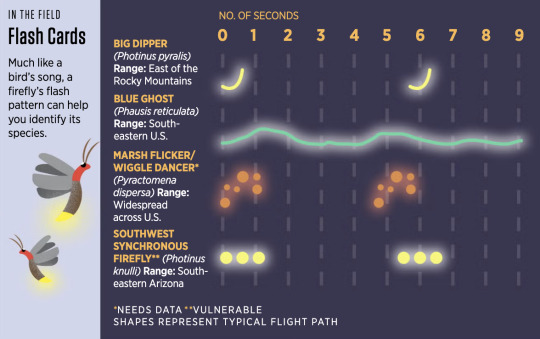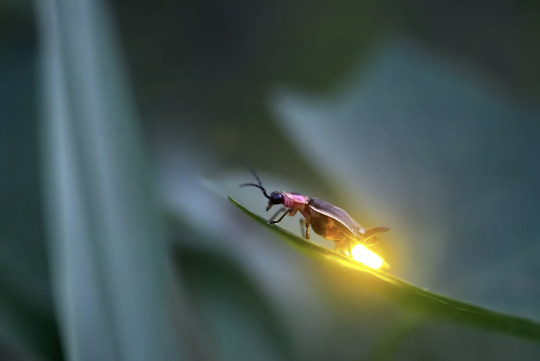Text
I want to make a post about how fellow Americans of Irish heritage - especially the ones that invoke it to prove points in racial or political arguments - should be screaming at the top of their lungs about the famine happening in Gaza. I just don’t know how to word it without sounding condescending or belittling.
190 notes
·
View notes
Text
“Boredom is different nowadays. It’s about super-saturation, distraction, restlessness. I am often bored but it’s not for lack of options: a thousand TV channels, the bounty of Netflix, countless net radio stations, innumerable unlistened-to albums, unwatched DVDs and unread books, the maze-like archive of YouTube. Today’s boredom is not hungry, a response to deprivation; it is a loss of cultural appetite, in response to the surfeit of claims on your attention and time.”
— Simon Reynolds, Retromania: Pop Culture’s Addiction to Its Own Past
13K notes
·
View notes
Text
Many Ghazzawis on Twitter are now reporting that the markets in Gaza are filled with lots of food again, even food that hasn’t been available in months, alhamdulilah. Political pressure works! Now it’s up to us to keep donating to fundraisers so they’re able to afford food. If you see a stagnant fundraiser, even $5 can help a lot. If you can’t donate, share it and engage with it as much as you can.
3K notes
·
View notes
Text
if you're in the throes of cosmic despair i cannot recommend museums enough. art or science or history it doesn't matter. oh we're all connected, all of us and everything, throughout all time and space, and no one, no one, no one is alone? awesome. that's what i thought i just wanted to make sure.
47K notes
·
View notes
Text
I’m so tired of hot actors with no actual talent or magnetism. we need more ugly little cuntservers giving performances that fuck so hard you leave the theatre with road rash. willem dafoe if you’re out there
56K notes
·
View notes
Text
I will continue posting in favour of there being fewer people like that

26K notes
·
View notes
Text

Ray James Tjangala Untitled Acrylic on linen
Ray James Tjangala was born around 1955 at Yunala rockhole, west of Kiwirrkurra in Western Australia and is the son of Anatjari Tjampitjinpa and Tjungkaya Napangati. Anatjari Tjampitjinpa was a founding member of Papunya Tula Artists in 1971.
881 notes
·
View notes
Text
horror movies are so much scarier when the actors look like an average sampling of the human population. and the house is a little messy
46K notes
·
View notes
Text
I Sexually Identify as an Attack Helicopter was one of the best works of sci-fi of our generation and one of the best works of transgender fiction ever written, and there are world renowned authors who still have successful careers after they publicly assassinated the nascent woman who wrote it. I don't think they should ever know peace.
36K notes
·
View notes
Text
We have this interesting situation where we basically no longer have privacy nor the expectation of privacy, but we also don't have community or meaningful connection with others, so we're all simultaneously both completely exposed and absolutely alone, and please understand that when I say this situation is "interesting", what I in fact mean is that it's "nightmarish and I wish I could wake up"
45K notes
·
View notes
Text


Excerpt from this story from Audubon:
“I can’t tell you how many people come that are like, ‘I grew up seeing fireflies, and I don’t see as many now,’ ” says Matt Johnson, the center’s director.
Candace Fallon, a conservation biologist at the Xerces Society for Invertebrate Conservation, had long heard similar concerns. But when she checked the literature in 2018, she found little to no information on firefly trends. In fact, there was no comprehensive population data for any of the 179 known firefly species in the United States.
Fallon and a team at the International Union for Conservation of Nature set out to determine how American fireflies are faring. In 2021 they published their findings, the first list of conservation statuses for U.S. fireflies. Of the 132 species they reviewed, more than half lacked enough data to conclude anything for certain. But among the species whose status was clear, the scientists found 20 to be threatened or near threatened.
Fireflies, which are actually bioluminescent beetles, face many of the same threats as birds. Habitat loss—especially of wetlands, given the insects' preference for moist areas—is a major issue. (Indeed, the most threatened fireflies are the species that depend on only one type of landscape, such as the critically endangered Bethany Beach firefly, which primarily occupies freshwater wetlands between sand dunes along a 20-mile stretch of the Delaware coast.) Rising seas and extreme weather events drown coastal birds' nests as well as firefly habitat, while pesticides kill insect prey that both fireflies and birds rely on—and likely fireflies themselves. Light pollution, which can disorient nocturnal migratory birds and contribute to fatal building collisions, also disrupts lightning bugs’ ability to communicate: Flashing in a brightly lit environment is like trying to yell across a crowd.
To help fill critical knowledge gaps, researchers are turning to community science. The Fireflyers International Network collects data on iNaturalist from all over the world, and in 2022 Fallon and the Xerces Society launched the Firefly Atlas, where U.S. participants can share incidental observations and even conduct field surveys. These crowdsourced records can illuminate how species are trending in the face of threats.
In some parts of the country, community scientists are logging the first records of fireflies. In the West, the flashing beetles are such a rare sight that some people believe they are imaginary. “It’s like: unicorns, dragons, fireflies,” says Christy Bills, an entomologist at the Natural History Museum of Utah. Western fireflies have always been harder to find: They appear late at night, in small numbers, and in marshy areas where people don’t often hang out. So Bills and her partners at Brigham Young University started the Western Firefly Project to focus attention on them. Today its participants have spotted fireflies in 27 of 29 counties in Utah, where previously there had been only a few documented sightings—and in Idaho, Wyoming, and Montana, so exciting to Bills that she likens the discoveries to finding gold.
2K notes
·
View notes
Text



Close Encounters
(c) gifs by riverwindphotography, July 2025
6K notes
·
View notes
Text
she jack my pine (P. banksiana) till my serotinous cone's sealing resin melts at 50°C (122°F) allowing my seeds to disperse and colonize shortly following a stand-clearing fire (Larsen & MacDonald 1998).
16K notes
·
View notes
Text
She was a 50 y.o. Siberian woman from 2500 years ago, living a nomadic lifestyle, and look at her tattoos...

Look...

I'm going to cry
50K notes
·
View notes

